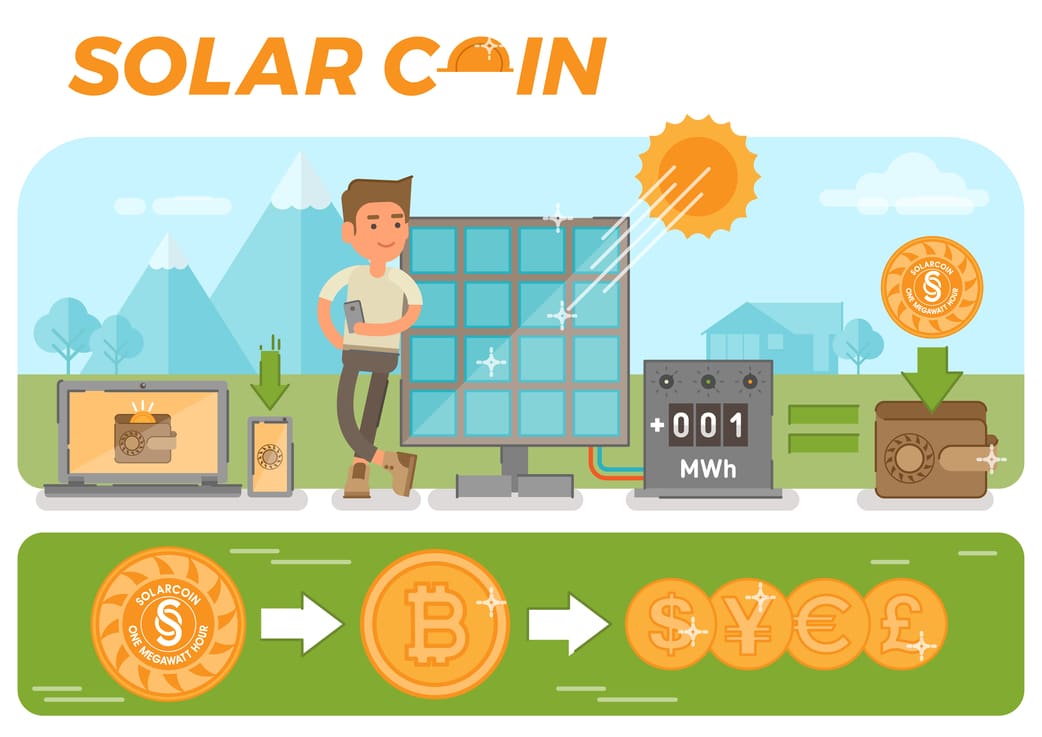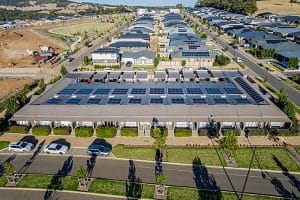Cryptocurrency and Bitcoin have hit the mainstream headlines again in recent weeks, primarily due to comments made by Tesla chief executive Elon Musk.

Tesla is the world’s biggest innovator of renewable energy technology – and is responsible for battery storage solution the Tesla Powerwall and the giant Tesla Powerpack grid backup battery in South Australia, which stabilised the state’s grid.
The company has always been significant proponents of Bitcoin, accepting it as a payment for solar solutions and electric vehicles – until now. Recently, Tesla ceased accepting this as payment, and Musk suggested that they sell off billions in holdings.
Musk has been actively spruiking the benefits of Dogecoin instead, a “joke” financing solution created in 2014 after the meme featuring a Shiba Inu dog.
A large part of this move has been because of environmental concerns surrounding Bitcoin. While Musk has nominated Doge as his new crypto of choice, there are dedicated renewable energy digital currencies available – including SolarCoin.
The problem with cryptocurrency
Digital finance may seem invisible to some people, but it has real impacts on the world – including our global emissions targets.
You can earn crypto by ‘mining’ for it with high-powered PCs. By letting your computer complete blocks of verified transactions added to the blockchain, you get rewarded with small amounts of that finance. Effectively, you compete with other people to solve complex puzzles to turn transactions and given output with a fixed length. If you are the first to solve one of these puzzles, you win.
The bigger the currency, the more people are competing and the more processing power is required to be competitive. Miners have taken to stockpiling graphic processing units (GPUs) and daisy-chaining them to create mining rigs.
These rigs use enormous amounts of electricity so they are bad for the environment, which is why Musk pulled the plug on Bitcoin. He said Tesla would rather accept crypto that use one per cent of the electricity used by miners – nominating Dogecoin as the solution.
First, Musk announced on Twitter: “SpaceX launching satellite Doge-1 to the moon. Mission paid for in Doge. 1st crypto in space.”
That caused Doge to surge, becoming the fifth-largest digital finance in the world and making many people a lot of money. It also highlighted how quickly a tiny cryptocurrency could rush to the top.
What is SolarCoin?
The same year that Doge was released as a joke, SolarCoin was released as a serious alternative. You can’t mine for it with expensive and energy-consuming computer rigs. To create this, you have to generate renewable energy.
SolarCoin is given to owners and beneficiaries of rooftop panels to reward power generation, not consumption. Their goal is to make energy from the sun more accessible by reaching a point where the value and price of this currency exceeds the production cost of generating this renewable power.
While this may seem overly ambitious, remember that all it took was a couple of Tweets to turn Doge into a global phenomenon. SolarCoin could reach the moon one day as well.
Get a quick quote, or contact us today toll-free on 1800 EMATTERS or email our friendly team for expert, obligation-free advice.






































